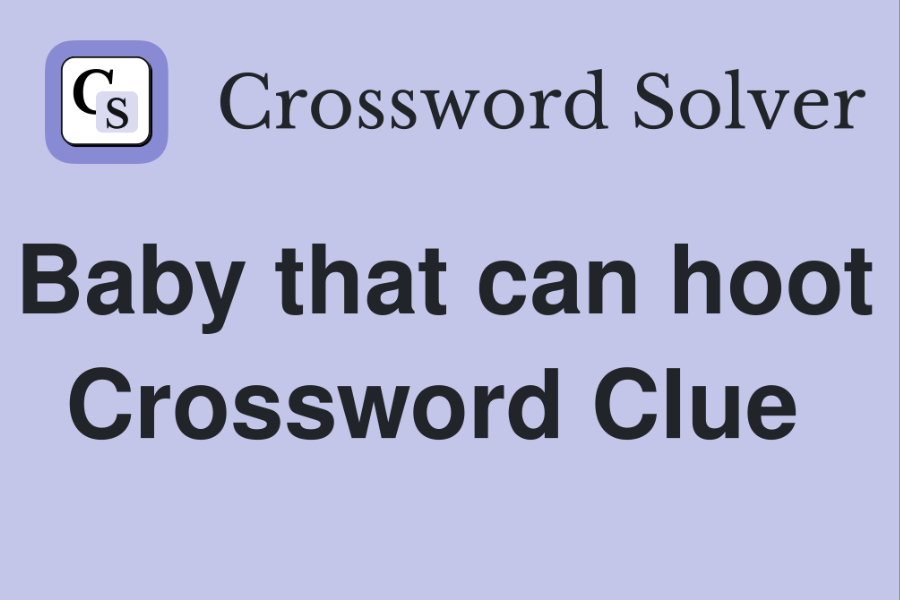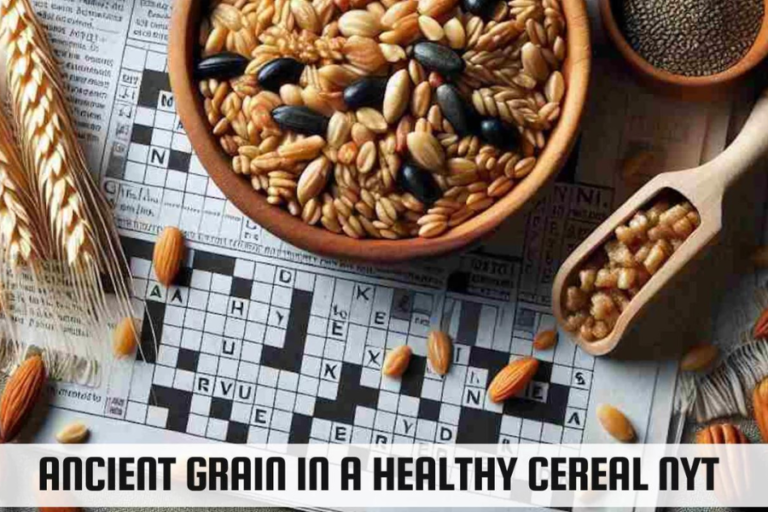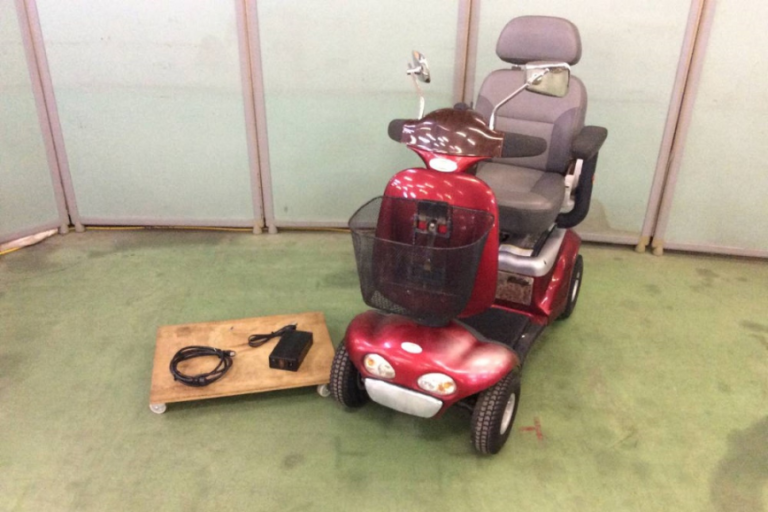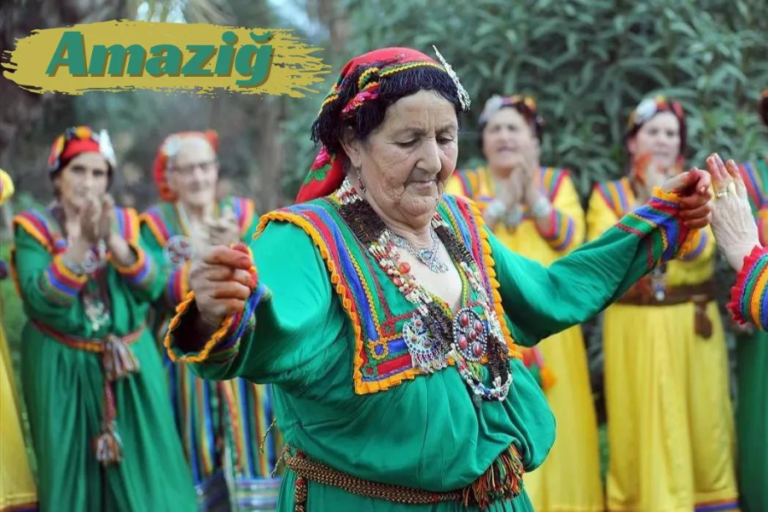Unraveling the Mystery of the “Baby That Can Hoot” NYT Crossword Clue: An In-Depth Exploration
Welcome, crossword puzzle enthusiasts and puzzle aficionados! Have you ever faced a New York Times Crossword clue so challenging that it leaves you scratching your head? Today, we delve into one such enigma: “Baby that Can Hoot.” This clue has stumped many, leaving puzzle solvers pondering whether it hints at an adorable baby animal or is a clever play on words. Join us as we dissect this charming conundrum, explore its solution, and provide some intriguing facts about crosswords. Whether you’re racing against the clock or just curious about the world of puzzles, this article promises to enlighten and entertain!
Introduction to NYT Crossword Puzzle and Its Popularity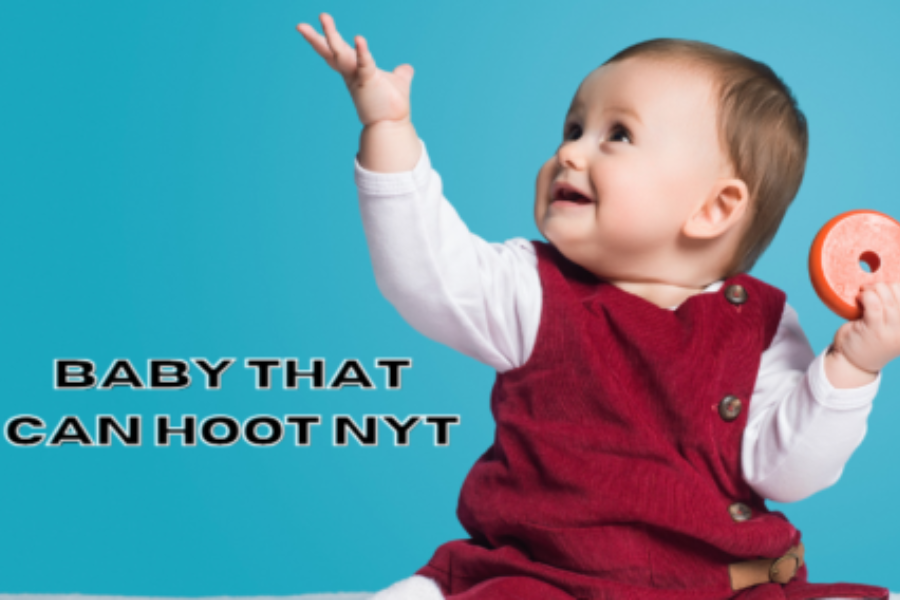
For crossword enthusiasts, the New York Times Crossword Puzzle is a beloved daily ritual. Each puzzle stretches our minds and offers an escape into the world of wordplay. The clue “Baby That Can Hoot” is just one example of the many creative and intriguing hints found in these puzzles. If you’ve ever wondered about the mysteries behind such clues, you’re not alone. As you navigate through potential answers and decipher their meanings, you’ll discover how fascinating—and sometimes amusing—crosswords can be. Let’s dive into the specifics of this clue and unravel what makes it so intriguing!
What the NYT Crossword Puzzle Clue “Baby That Can Hoot” Means
The clue “Baby That Can Hoot” in the NYT crossword puzzle often sparks curiosity among solvers. This hint evokes images of a baby animal making a distinctive hooting sound. In crosswords, clues frequently involve wordplay, puns, or double meanings. In this case, the clue might not be as literal as it seems and could involve a bit of lateral thinking.
To solve this clue, players need to consider various possibilities before arriving at the correct answer. The challenge lies in interpreting the clue creatively and understanding its subtle hints. Crossword solvers find joy in unraveling such puzzles, as they challenge our understanding and encourage creative language use and vocabulary development.
Overview
The puzzle clue “Baby That Can Hoot” is a delightful challenge that encourages solvers to think about animals, particularly birds. The term “baby” might lead one to think of various young animals, but the key here is “hoot.” This narrows down the possibilities significantly.
Owls are renowned for their distinctive hooting sounds, making them an ideal fit for this clue. Specifically, the term “owlet” refers to a young owl, which perfectly matches the description of a baby that can hoot. This clue exemplifies how crossword puzzles often require solvers to think outside the box and connect seemingly unrelated concepts.
Clue Options and Their Meanings
When faced with the clue “Baby That Can Hoot,” the most obvious answer is “owl,” known for its characteristic hooting. However, the specific term “owlet” refers to a young owl, which aligns perfectly with the clue’s reference to a baby.
Other possible answers might include “chick,” a term used for various young birds. However, without a specific reference to hooting sounds, “chick” doesn’t fit as well with the clue. The challenge lies in understanding the clue’s nuances and finding the term that best matches both the baby and hooting aspects.
Analysis of the Final Answer and How It Relates to the Clue
In crossword puzzles, “owl” is often the final answer for the clue “Baby That Can Hoot.” This solution aligns perfectly with the characteristic hooting sound of owls. The term “baby” evokes images of innocence and playfulness, which contrasts interestingly with the stereotypical image of the wise old owl.
The final answer, “owl,” represents a blend of language and imagery. It’s a short word with significant meaning, fitting neatly into the crossword puzzle’s constraints. The answer demonstrates how crossword clues can use playful language to create engaging and thought-provoking puzzles.
The History and Origin of the Phrase
The phrase “Baby That Can Hoot” likely originates from playful puns and wordplay associated with owls. Owls are often depicted in literature and folklore as symbols of wisdom and mystery, making them a fitting subject for crossword clues. The phrase combines the innocent concept of a baby with the distinctive hooting sound of owls, creating a whimsical and memorable clue.
Crossword creators often blend different subjects and concepts to craft engaging clues. The juxtaposition of “baby” with an animal known for nighttime calls adds a layer of humor and creativity to the puzzle. This playful approach is a hallmark of crosswords, which aim to challenge and entertain solvers in equal measure.
Fun Facts About Other Animal-Themed Crossword Clues in the NYT Puzzle
Crosswords frequently feature animal-themed clues that add variety and intrigue to the puzzles. For instance, the clue “Feline in Egypt” is typically answered with “Sphinx,” a reference to the mythical creature with the body of a lion and the head of a human. Another common clue, “Man’s best friend,” is answered with “dog,” resonating with the emotional attachment many people have to their canine companions.
Birds are also a popular theme in crosswords. For example, the clue “Colourful tropical bird” often leads to “Macaw,” a vibrant and striking bird species. These animal-themed clues demonstrate how crosswords explore different facets of nature while testing solvers’ knowledge and creativity.
How Practicing Crossword Puzzles Can Improve Your Vocabulary and Critical Thinking Skills
Engaging in crossword puzzles regularly can significantly enhance vocabulary and critical thinking skills. Each clue challenges players to think beyond the obvious and consider less familiar words. This process introduces new terms into one’s lexicon and makes learning enjoyable.
Critical thinking is also sharpened through crossword puzzles. Solvers must analyze hints, consider multiple meanings, and connect various concepts to arrive at the correct answers. This approach enhances analytical skills and fosters creative problem-solving techniques.
By practicing crosswords, individuals can develop a flexible and expansive vocabulary while honing their ability to tackle language-related challenges. The mental exercise provided by crosswords contributes to overall cognitive growth and intellectual agility.
Conclusion
The New York Times Crossword Puzzle is a beloved challenge for puzzle enthusiasts. Clues like “Baby That Can Hoot” invite solvers to think creatively and explore language in new ways. These puzzles offer a delightful combination of wordplay and problem-solving, providing both entertainment and mental stimulation.
As you tackle crossword clues and unravel their mysteries, you’ll discover the joy of language exploration and the satisfaction of solving complex puzzles. The playful and imaginative nature of crosswords makes them a rewarding pursuit for those who enjoy a good mental challenge.
Next time you encounter the clue “Baby That Can Hoot” in your NYT crossword, remember that solving it is not just about filling in spaces but embarking on a linguistic adventure. Enjoy the process of exploration and discovery, and let your puzzle-solving journey continue!
Keep up-to-date with breaking news and updates on SyncTimes.co.uk
